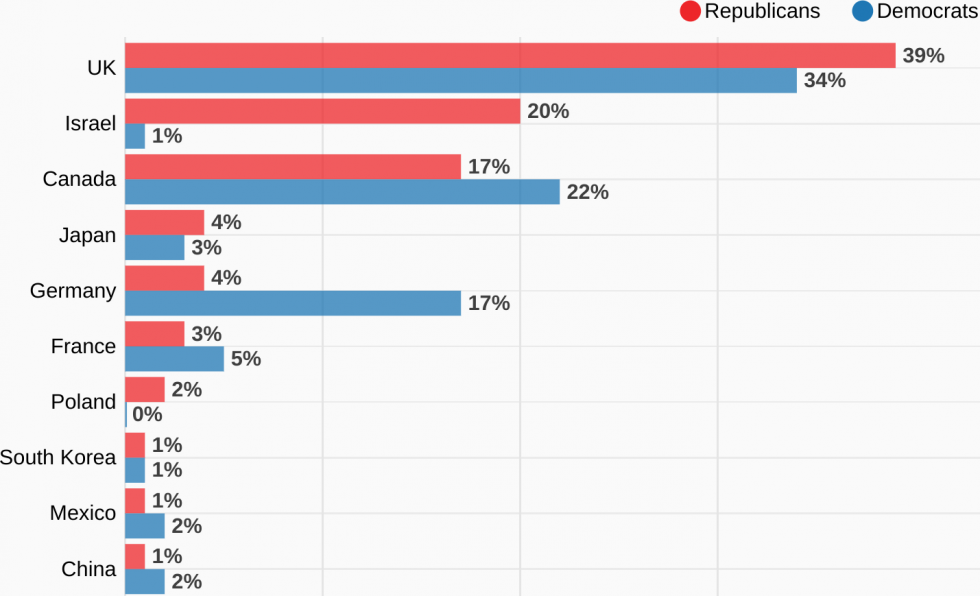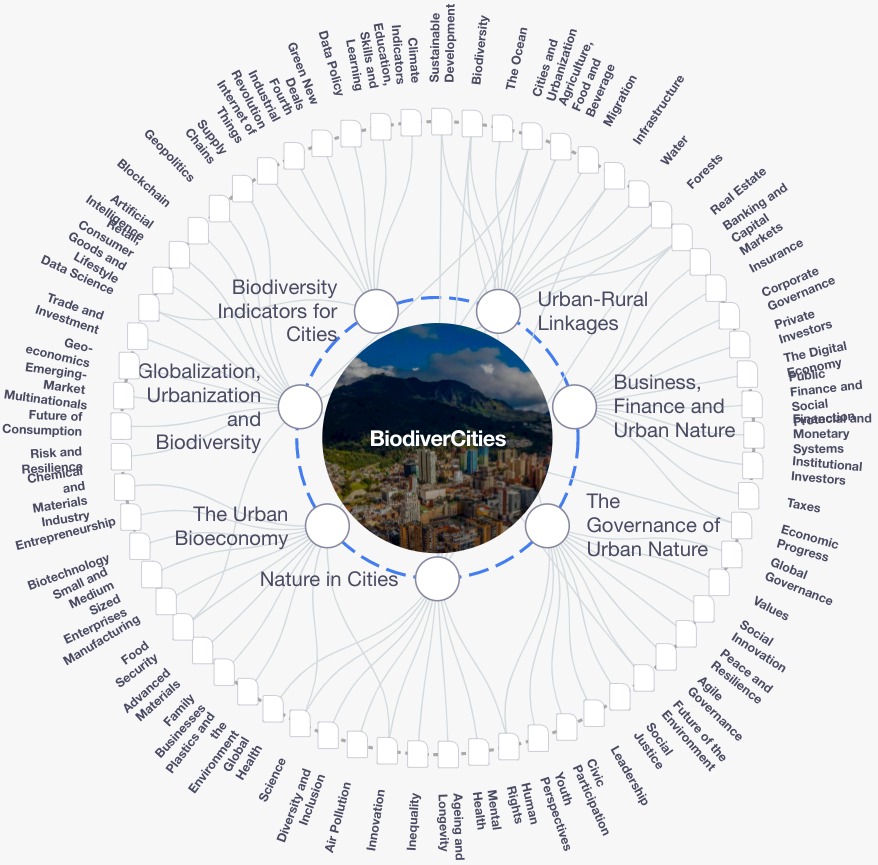tt BREAKING NEWS :
July 11, 2022 :
– China first 100+ ton unmanned vessel conducts trial
– China conducts flight of large cargo UAV
– China launches its third aircraft Carrier
– A DAO almost succeeded in buying the US Constitution
– Turkish arms sales to African countries are skyrocketing
– Nearly 4 times more African embassies in Ankara in 10 years
– Huawei now owns 70 percent of Africa‘s 4G networks
– China orders foreign financial companies to set up an internal CPC unit
– The Pentagon is exploring the metaverse
– Moscow supplies New Delhi with 60% of its defense equipment
World Economic Forum Strategic Intelligence
> BiodiverCities : https://intelligence.weforum.org/topics/a1G680000004DsJEAU
> Net Zero Carbon Cities : https://intelligence.weforum.org/topics/a1G680000004EtCEAU
> Mobility : https://intelligence.weforum.org/topics/a1Gb00000038poVEAQ
> Taxes : https://intelligence.weforum.org/topics/a1G0X000006Nw4FUAS
> Water : https://intelligence.weforum.org/topics/a1Gb00000015MLgEAM
— and 278 other Topics !
Unpacking the Debate on Turkish Drones
The emerging unmanned military platforms, smart systems and munitions manufactured by Turkey have become popular in the international defence market.
It was Turkish-made drones with their modern features that proved the advanced air defence systems archaic in Libya, Idlib, Nagorno-Karabakh, and lately in Ukraine.
[ > SETA Foundation for Political, Economic and Social Research — 2022 ]

